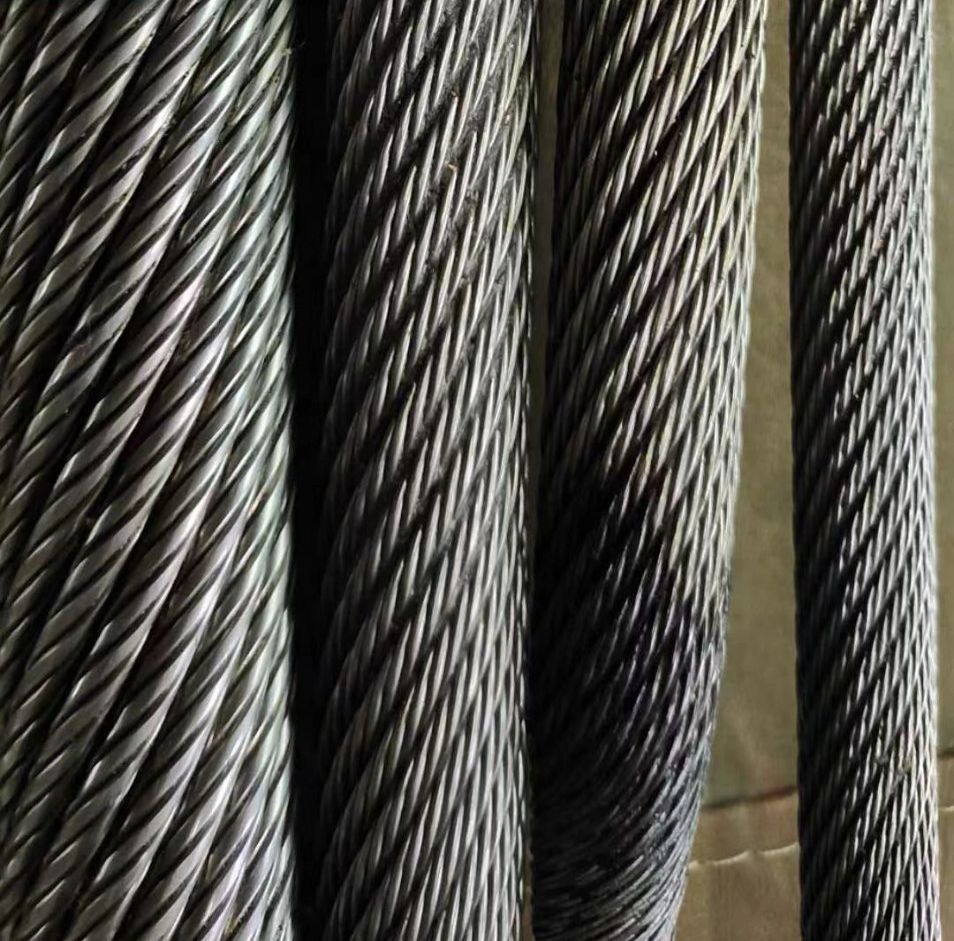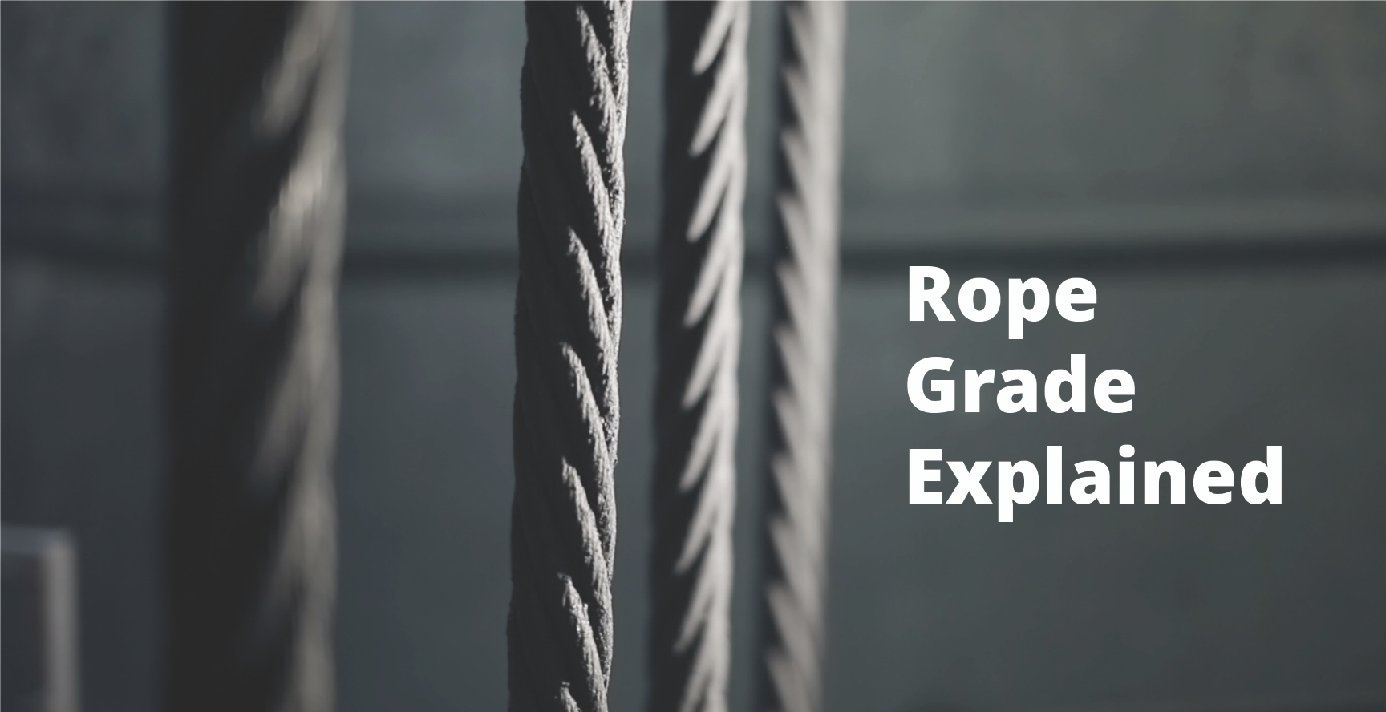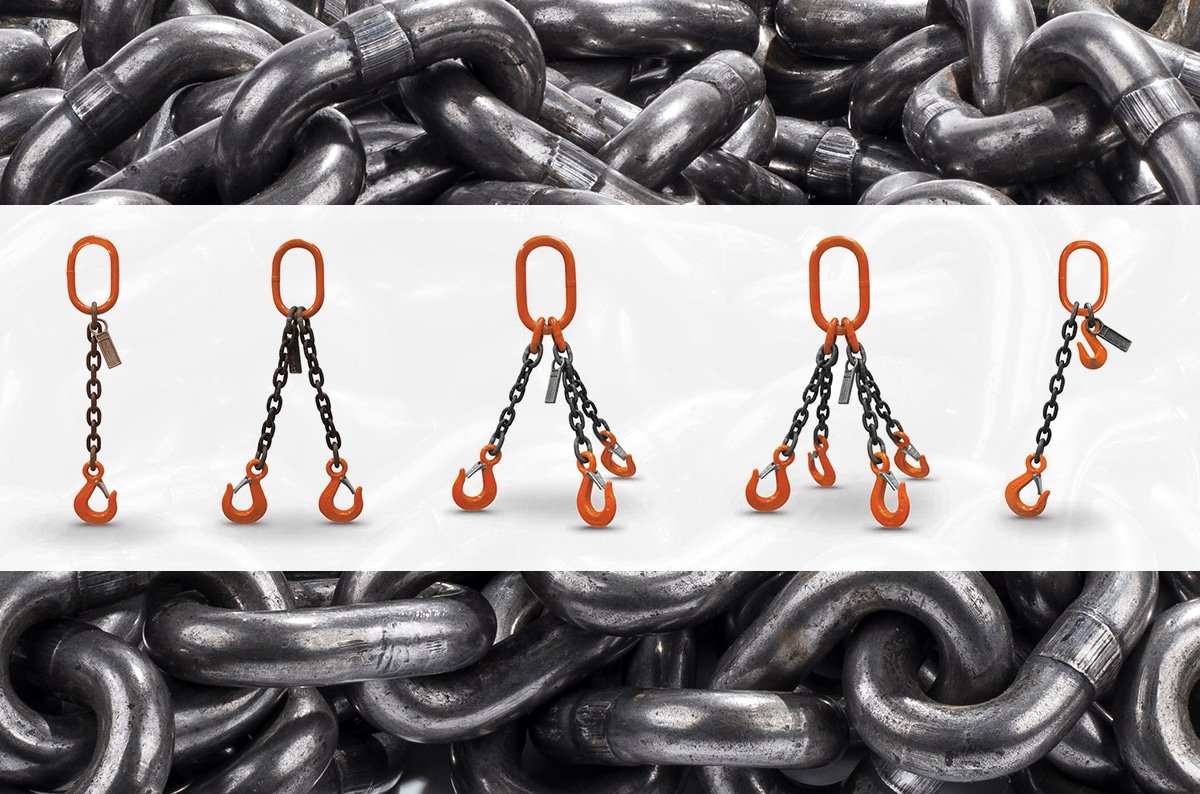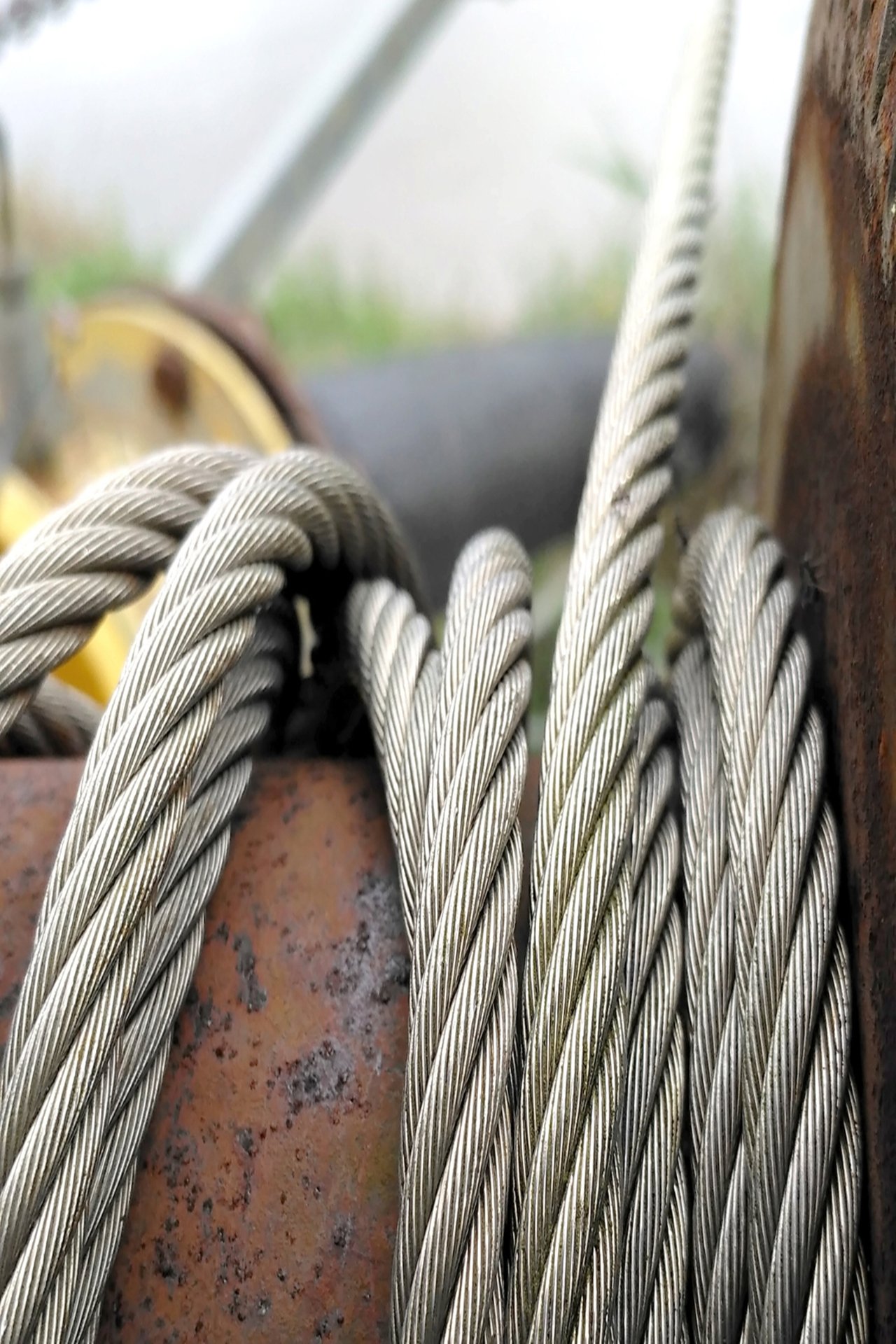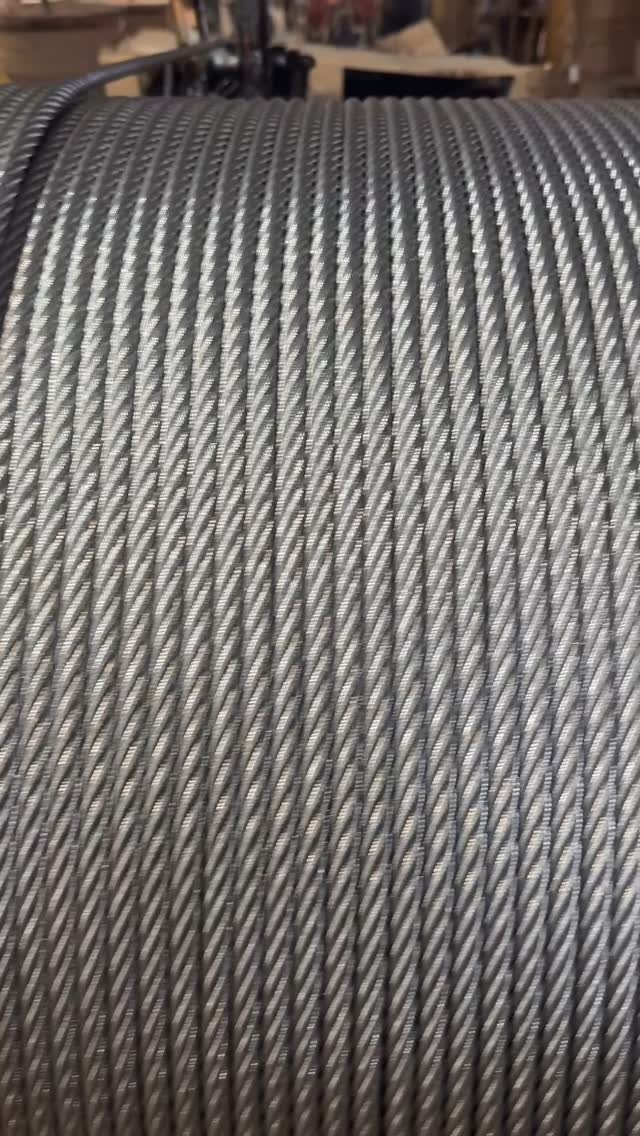The key difference between stainless steel and metal is that stainless steel is a specific type of metal, while “metal” is a broad category that includes many different types of metallic elements and alloys.
1. Definition
- Metal:
- A naturally occurring chemical element that is typically solid, shiny, conductive, and malleable.
- Examples: Iron (Fe), Aluminum (Al), Copper (Cu), Titanium (Ti), Gold (Au).
- Can exist in pure form (e.g., gold, silver) or as an alloy (e.g., brass, bronze, steel).
- Stainless Steel:
- A man-made alloy primarily composed of iron (Fe), chromium (Cr), carbon (C), and often nickel (Ni) or molybdenum (Mo).
- Chromium (at least 10.5%) forms a thin oxide layer that prevents rust and corrosion.
- Classified as a type of metal, but it is a specific category under the broader term “metal.”
2. Composition Differences
| Feature | Metal (General) | Stainless Steel |
|---|---|---|
| Elements | Can be pure (e.g., Copper, Aluminum) or alloyed (e.g., Bronze = Copper + Tin). | Always an alloy (Iron + Chromium + Nickel/Carbon). |
| Chromium Content | Varies (most metals don’t contain chromium unless alloyed). | Contains at least 10.5% chromium for corrosion resistance. |
| Nickel Content | Some metals contain nickel, but not always. | Many stainless steel grades contain nickel for added toughness and corrosion resistance (e.g., 304 and 316 stainless steel). |
3. Corrosion Resistance
- Stainless Steel:
- Forms a chromium oxide layer on its surface, making it highly resistant to rust, moisture, and chemicals.
- Different grades provide varying levels of corrosion resistance (e.g., 316 stainless steel resists saltwater corrosion better than 304 stainless steel).
- Other Metals:
- Iron and regular steel rust easily when exposed to moisture.
- Aluminum forms a thin oxide layer for protection but can corrode in acidic or alkaline environments.
- Copper develops a green patina over time (e.g., Statue of Liberty).
- Titanium has excellent corrosion resistance, even better than stainless steel.
4. Strength and Durability
| Property | Metal (General) | Stainless Steel |
|---|---|---|
| Strength | Varies by metal (e.g., Titanium is stronger than Aluminum). | Very strong, especially hardened stainless steel. |
| Ductility | Some metals (like Copper and Gold) are very malleable. | Less ductile but still formable. |
| Wear Resistance | Soft metals (like Aluminum) scratch easily. | Highly wear-resistant, especially hardened stainless steel. |
| Longevity | Some metals degrade quickly (Iron rusts, Aluminum oxidizes). | Lasts for decades due to its corrosion resistance. |
5. Magnetic Properties
- Stainless Steel:
- Some grades (like 304 stainless steel) are non-magnetic.
- Other grades (like 430 stainless steel) are magnetic.
- Other Metals:
- Magnetic metals: Iron, Nickel, Cobalt, Steel (unless alloyed to be non-magnetic).
- Non-magnetic metals: Aluminum, Copper, Gold, Titanium.
6. Heat Resistance
- Stainless Steel:
- High melting point (~1400-1500°C / 2550-2700°F).
- Excellent heat resistance, making it ideal for cookware, exhaust systems, and high-temperature environments.
- Other Metals:
- Aluminum melts at 660°C (1220°F) (much lower than stainless steel).
- Copper melts at 1085°C (1985°F).
- Titanium has a high melting point (1668°C / 3034°F), even higher than stainless steel.
7. Electrical and Thermal Conductivity
- Stainless Steel:
- Poor electrical conductivity compared to metals like copper and aluminum.
- Lower thermal conductivity (used in applications where heat retention is needed).
- Other Metals:
- Copper and Aluminum: Excellent electrical conductors (used in wiring).
- Gold and Silver: Even better electrical conductors than copper.
- Titanium: Poor electrical conductor but good for high-temperature applications.
8. Common Applications
| Application | Stainless Steel | Other Metals |
|---|---|---|
| Construction | Used for bridges, buildings, pipelines, and rebar due to corrosion resistance. | Iron and steel (non-stainless) are commonly used for structures. |
| Medical Equipment | Surgical tools, implants, and dental instruments (because it’s biocompatible and corrosion-resistant). | Titanium is also used for implants due to biocompatibility. |
| Food Industry | Used in kitchenware, cutlery, and food processing equipment due to hygienic properties. | Aluminum is used in some cookware, but it reacts with acidic foods. |
| Automotive & Aerospace | Exhaust systems, structural components, and heat shields. | Aluminum and titanium are preferred for aircraft because they are lighter. |
| Marine Use | 316 stainless steel is preferred because it resists saltwater corrosion. | Regular steel rusts quickly in marine environments. |
9. Cost Comparison
- Stainless Steel:
- More expensive than regular steel or aluminum due to its alloying elements and corrosion resistance.
- Long-term cost-effective because it requires less maintenance.
- Other Metals:
- Iron and regular steel are cheaper but require coatings to prevent rust.
- Aluminum is cheaper than stainless steel but not as strong.
Final Summary
| Feature | Stainless Steel | Other Metals |
|---|---|---|
| Corrosion Resistance | ✅ Excellent (chromium oxide layer) | ❌ Varies (some metals rust easily) |
| Strength & Durability | ✅ High | ⚠️ Depends on metal |
| Weight | ❌ Heavier than aluminum & titanium | ✅ Lighter metals available |
| Electrical Conductivity | ❌ Poor | ✅ Copper, aluminum are excellent conductors |
| Magnetism | ⚠️ Some grades are magnetic, others are not | ⚠️ Depends on the type of metal |
| Cost | ❌ More expensive than carbon steel | ✅ Cheaper options available |
Key Takeaways
- Stainless steel is a type of metal, but not all metals are stainless steel.
- Stainless steel is superior in corrosion resistance and strength, but it is heavier and more expensive than other metals.
- Aluminum and titanium are lighter alternatives with their own benefits.
- Regular steel (without chromium) is cheaper but rusts easily.
Would you like a recommendation for a specific use case, such as industrial, automotive, or food processing applications?

